Rapidly melting glaciers in Asia’s Hindu Kush Himalayan region — home to the world’s highest mountains — are threatening the lives and livelihoods of as many as two billion people downstream, according to a new study.
The glaciers thawed 65 percent faster in the 2011 to 2020 period compared with the preceding decade and may lose 80 percent of their current volume by the end of this century on current emissions trajectories, the International Centre for Integrated Mountain Development, or ICIMOD, found in its latest study. This may over time drastically reduce freshwater supplies in 12 rivers that flow across 16 nations in the region, it said.
These mountain ranges, which stretch over 3,500 kilometers (2,175 miles) in length from Afghanistan in the west to Myanmar in the east, are also seeing a shrinking permafrost that can trigger more landslides, the study said. The Nepal-based ICIMOD has eight member nations across Asia including China and India.
“There is still time to save this critical region, but only if fast and deep emissions cuts start now,” said Izabella Koziell, ICIMOD’s deputy director general, adding that glaciers are very sensitive to even slight temperature increases. “Snowmelt, glacier melt and permafrost thawing will mean that disasters are projected to happen more frequently and will be deadlier and costlier.”
The planet is already 1.2C hotter than during pre-industrial times, melting Arctic and Antarctic ice at a record pace. As heat waves bake more and more countries from the UK to China, wildfires scorch Canadian forests and a very severe cyclone lashes into the coastlines of India and Pakistan, there’s a growing acknowledgment that climate emergencies are no longer just freak weather events and need careful policy action. While severe flooding and landslides left 2,000 tourists stranded in India’s Northeastern hilly state of Sikkim in the past few days, nearly 100 people reportedly died in eastern Indian as a result of higher-than-normal temperatures. Local authorities disputed the fatalities are linked to the heat.
Besides the risk of flash floods and landslides, the region is at a high risk of glacial lake outburst floods, with 200 glacier lakes across Hindu Kush Himalaya “deemed dangerous,” the report said. The cascading effects threaten to upend agriculture, food security, fresh water availability and energy sources. It can also endanger some plant and animal species in the biodiversity hotspots to the point of extinction.
“As ice retreats, land where ice used to be becomes unstable and starts to move — the extra melt water then has the potential to easily wash that away, resulting in destructive mass flows,” said Jakob Steiner, a research fellow at ICIMOD.
The changing cryosphere is also expected to put infrastructure in these mountainous regions at risk or economically unviable. “After the peak glacier melt is reached and meltwater recedes, future hydropower stations may find themselves oversized, lacking the necessary water they were originally designed to harness,” Steiner said.
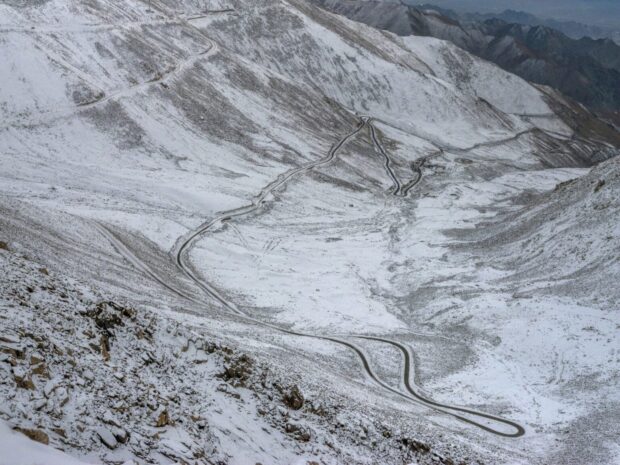
The report also spoke about the need to urgently scale up adaptation of the affected local communities to climate change.
“It is beyond time that governments, donors and agencies step up: to exit fossil fuels and honor their commitments to limit warming, to help communities adapt to those temperature rises already locked in, and to compensate them for property and ways of life that have already been lost,” said Saleemul Huq, a climate change expert who’s also on the advisory committee to COP28.
Top photograph: A family show the land where their house previously stood before it was washed away by a cloudburst at Youlkham village in Nubra, Ladakh in India in 2019. Photo credit: Prashanth Vishwanathan/Bloomberg


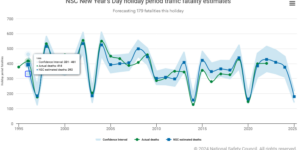
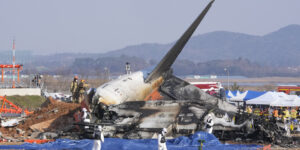







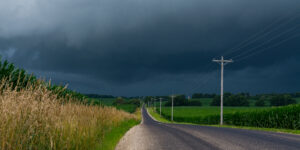








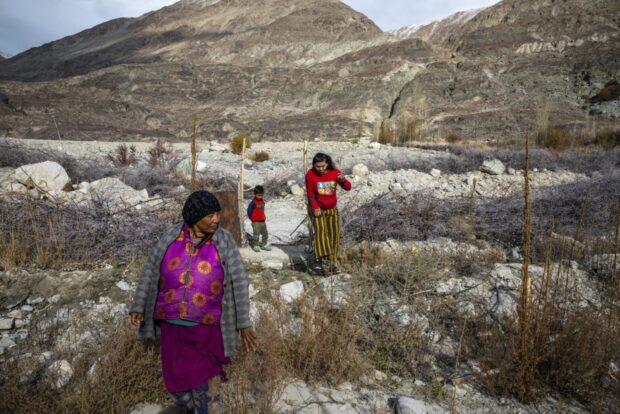
 Property and Casualty Insurance Trends for 2025
Property and Casualty Insurance Trends for 2025  AI Scams, Emerging New Threats Among McAfee’s 2025 Cybersecurity Predictions
AI Scams, Emerging New Threats Among McAfee’s 2025 Cybersecurity Predictions  California Vocational School CEO Charged With 23 Counts of Insurance Fraud
California Vocational School CEO Charged With 23 Counts of Insurance Fraud  Slideshow: Carrier Management’s 2024 Top Editor’s Picks (Unlocked)
Slideshow: Carrier Management’s 2024 Top Editor’s Picks (Unlocked) 


